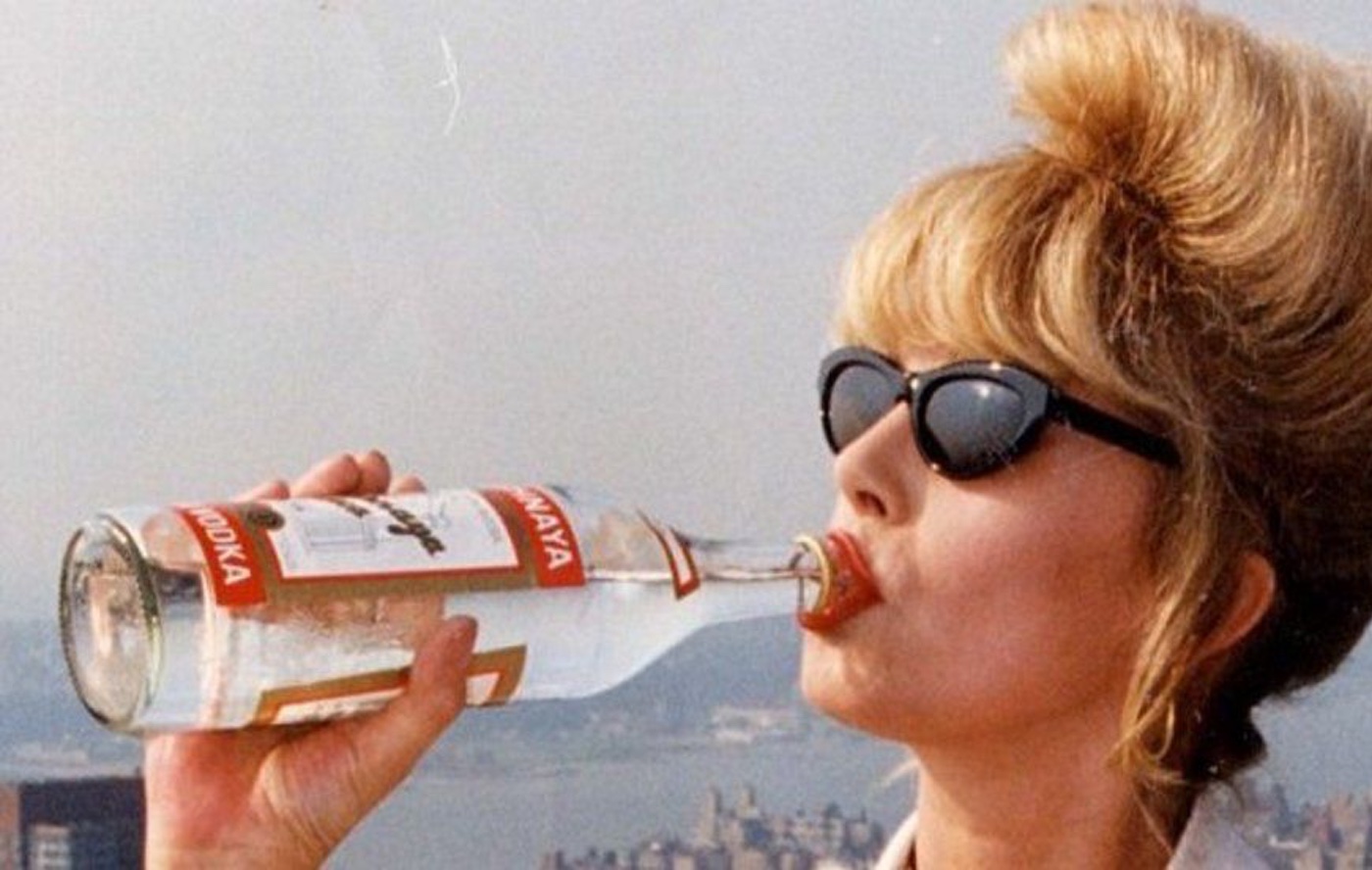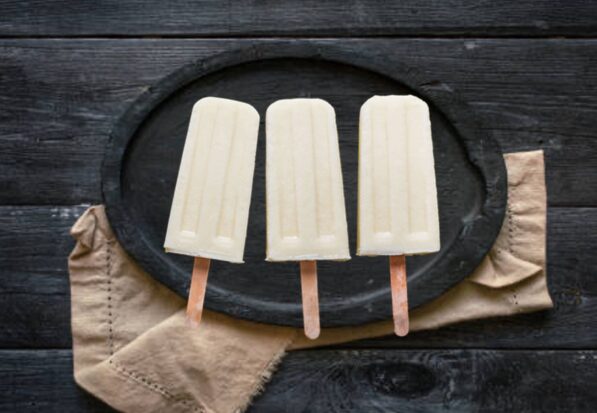Rundown
Colour: Clear
Region: can be made anywhere, including the u.s., though historically associated with Russia, Poland, and the European “Vodka Belt”
ABV: 40% abv (recommended)
Aged: Generally not aged
Made from: commonly made from grains, like sorghum, rye, rice, wheat, but can also be made from fruits (grapes, apples, etc.), vegetables (corn, potatoes, etc.)
Commercial examples: Absolute, Smirnoff, Stolichnaya, Tito’s, Grey Goose, Real Russian,
Popular cocktails: Moscow Mule, Vodka Tonic, Vodka Martini, Vesper, Cosmopolitan, Bloody Mary, White Russian, Screwdriver
Compared to some other spirits, it’s easy to view Vodka as simple. After all, it’s often described as the world’s most versatile spirit, which is a nice way of saying that it doesn’t taste of much.
But if you look carefully the world’s most versatile spirit, it won’t take you long to realise that it’s also perhaps the most diverse. Now while some people say that all vodkas taste the same, a Vodka connoisseur will tell you that none of them are vodka drinkers.
Various Vodkas are now exploring the ability to give their drinkers a crash course in terroir. You can also use pot stills that preserve the character of the source ingredient, or column stills that don’t.
There are also many small distilleries that create interesting small-batch and boutique vodkas and many of these use experimental ingredients and methods.
It’s a vast and varied category of liquor and unlike some other spirits, there are no set regulations governing its production.
Vodka is the most mixable and useful liquor in the bar, as it’s clear, clean taste pairs well with any flavour, from sweet to savoury and dry to spicy.
But always keep in mind that the taste of Vodka is very subjective. You can read all of the reviews you like, even ask everyone you know, and you will end up with too many different opinions to distinguish which is the best.
So experiment with the different types … could we have given you a more fun assignment? And while you’re playing with different Vodkas, here are 11 things you probably didn’t know about this neutral spirit.
Vodka used to be called Gorzalka
In the 1400s, the alcohol was referred to as Grozalka, a derivative of the Polish word Gorzec, meaning “to burn.” Honestly, it was a more accurate representation than today’s term, vodka, which comes from the Slavic word for water, Voda.
The US and EU have different definitions of vodka
The US defines Vodka as a spirit without distinctive character, taste, aroma or colour. The EU defines Vodka as a spirit drink in which the organoleptic characteristics of the raw materials are selectively reduced. The EU definition is much more accurate as we know vodka has different taste and aromatic characteristics.
A shot has less than 100 calories
Straight vodka is one of the best things you can drink during a night of boozing: A jigger contains about 97 calories and no sugar or carbs.
Vodka was used medicinally … and it still can be
Like many alcoholic beverages—and like distilling itself—vodka has some claim to medical applications (it was sold as a possible cure for anything from infertility to the plague; that’s a wonder drug). In this day and age, though, it’s proven effective at disinfecting a toothache and preventing poison ivy (meaning you have to hike with vodka; not the best/worst idea?)
It’s less likely to give you a hangover than other spirits
You’ve probably noticed that vodka brands like to tout the fact that their spirits have been distilled multiple times. You should be thankful for the humble brag: Every round of distilling acts as a filter, creating a purer finished product. One of the substances distillation weeds out is congeners, which can contribute to hangovers since they’re hard for the liver to break down.
 PIN IT
PIN ITVodka Belt
There’s a vodka belt
Just like America has the Corn Belt and the Rice Belt, Europe has production belts, too — only theirs are 10 times cooler. Case in point: the Vodka Belt, which stretches over a group of Nordic, Baltic, and Slavic countries that produce more than 70 percent of the European Union’s vodka.
Smirnoff is the world’s favourite brand
In 2016, Smirnoff, which was founded in Russia in 1864 and is now produced in the U.K., sold 25.5 million cases of vodka. That number is more than double its nearest competitor — Absolut sold 11 million cases — making Smirnoff’s booze the most popular of its kind in the world.
It doesn’t have to be made from potatoes
Most vodka is actually made from grains, not potatoes, as its commonly figured to be. All you need is a source of sugar, and some modern brands have taken that idea and run with it. There are various brands around the world that are experimenting with Vodka distilled from whey found in cow’s milk, while others are making it with grapes, sugarcane, apples and even bread.
Vodka can be “corrected” after it’s been distilled
Like Scotch or Bourbon, Vodka can actually have certain additives to “finish” or “correct” it—things like sugar, glycerin, or citric acid, the major goal being to soften harshness. Don’t worry, though, the levels are being monitored and are pretty low (eg 1,000 ppm for citric acid).
Copper drinking glasses are more popular than ever
Classic Moscow Mules — which are traditionally made with vodka, ginger beer, and limes — are served in copper mugs, and many bartenders purport that it’s the best way to drink them. Some credit the metal for insulating the cold vodka and some say it even affects the taste.
You can find the weirdest flavours
But you might only be brave enough to try ’em once you’re sufficiently drunk. Brands have gotten peanut butter and jelly vodka, a blueberry pancake spirit, and something that tastes like electricity — whatever that means — into the market. If you’re thirsty for more weirdness, here are more flavours that exist: salted caramel, cake, pickle, chilli, bacon, and double chocolate.










